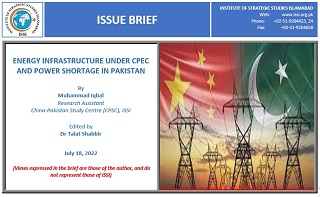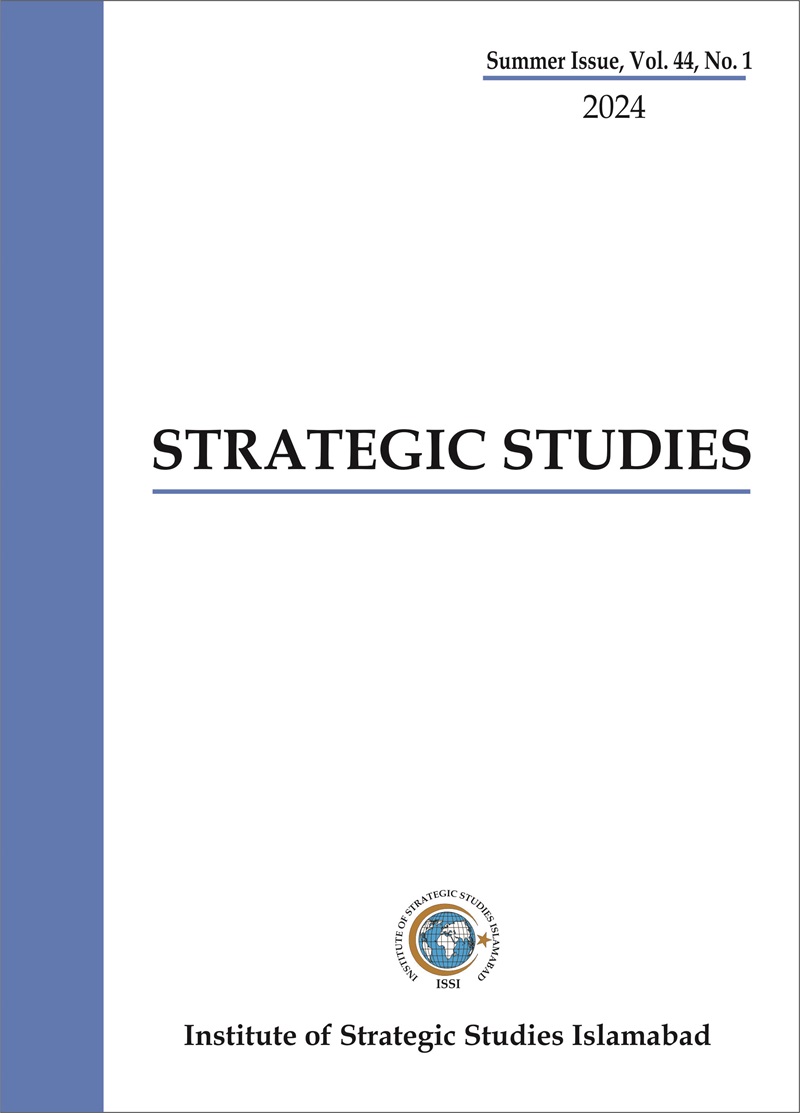Pakistan is facing a severe energy crisis as the shortfall in the power sector has crossed 7,440 MW.[1] The shortfall in the power sector has remained one major challenge for Pakistan in its bid to fulfil the energy needs of the country. Currently, Pakistan’s energy demand hovers around 25,000 MW[2] but it is generating 17,560 MW. Therefore, load shedding and unannounced power cuts have become a common practice across the country. It has triggered 6 to 10 hours of load-shedding in urban areas[3] and people living in rural areas complained of 15 hours of outages.[4] Despite the completion of around more than half of CPEC energy projects, Pakistan is still facing the issues of shortfall, load shedding and gigantic circular debt in the power sector.
Energy infrastructure is one of the major components under the ambit of CPEC. Despite the COVID pandemic, the work on CPEC energy sector made impressive strides, especially, in timely completion of power generating plants initiated under the ambit of CPEC phase I. After completion of the phase I, CPEC is entered into its phase II. In the second phase, nine Special Economic Zones (SEZs) are planned to be established with the aim to strengthen industrial sector, promote trade, generate employment and boost economic growth of Pakistan. The essence of the phase II is industrial cooperation and availability of sufficient amount of energy is one of the essential components for the development of SEZs. Therefore, the completion of the energy projects was inevitable prior to the commencement of phase II of CPEC.
















